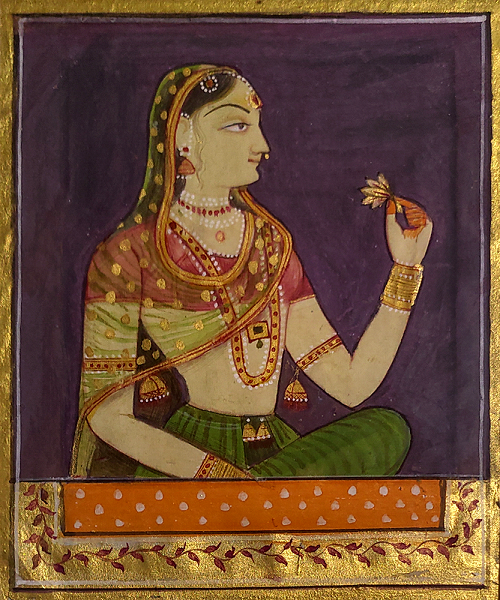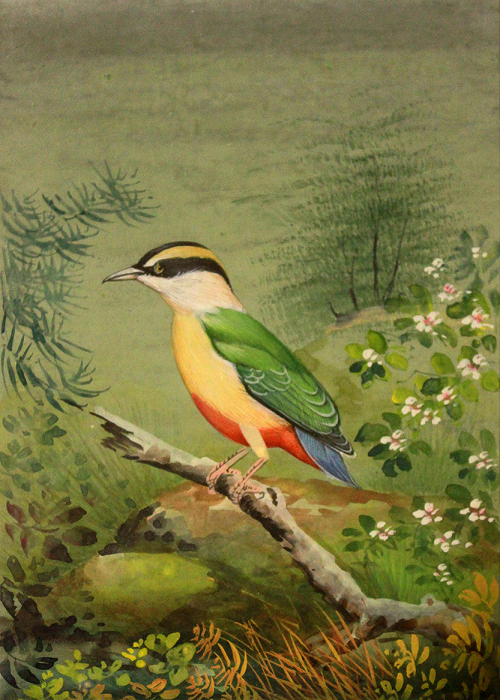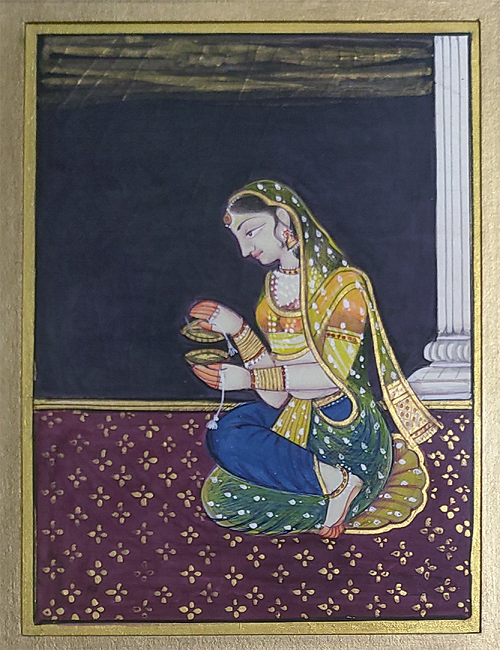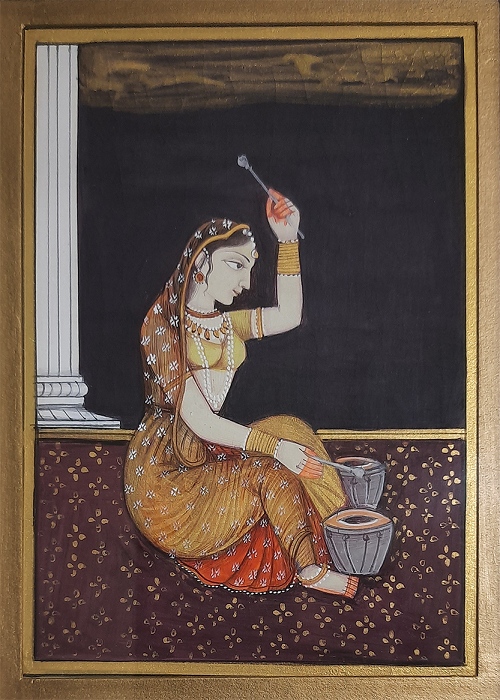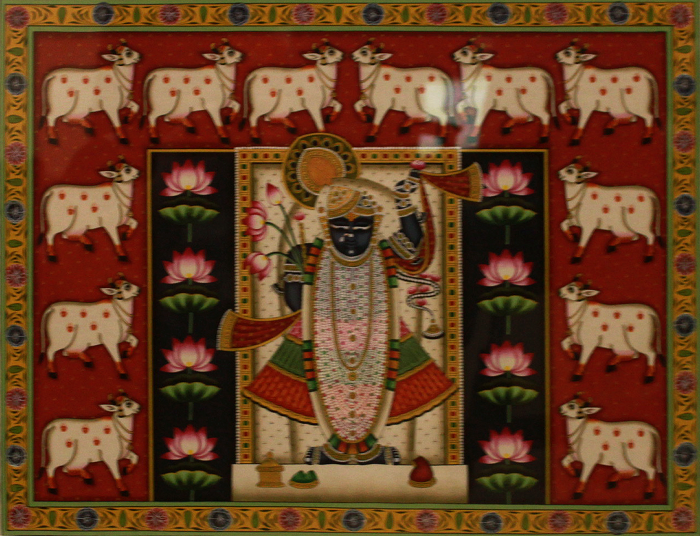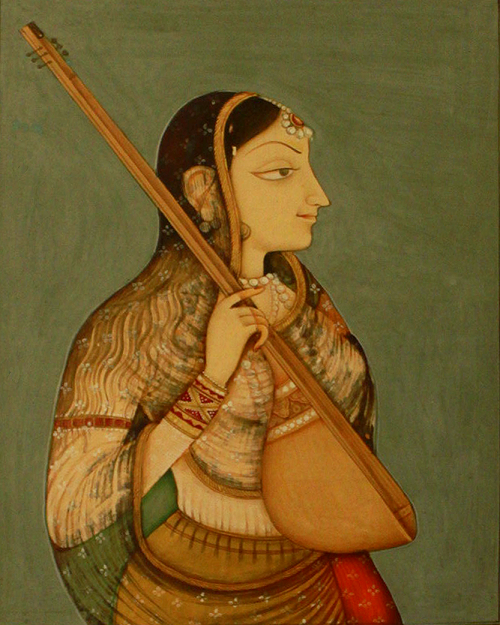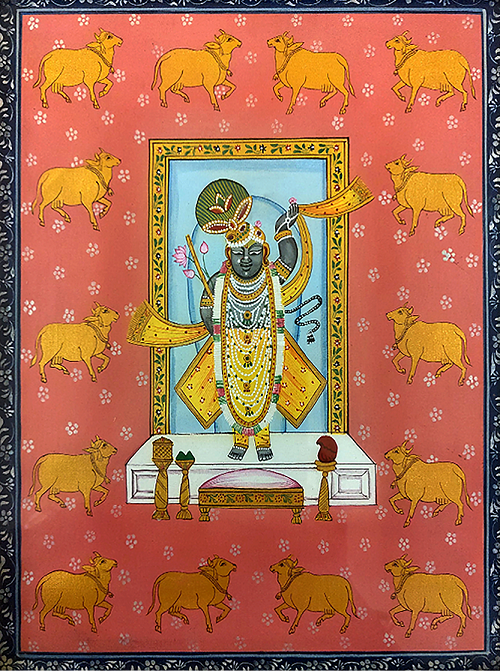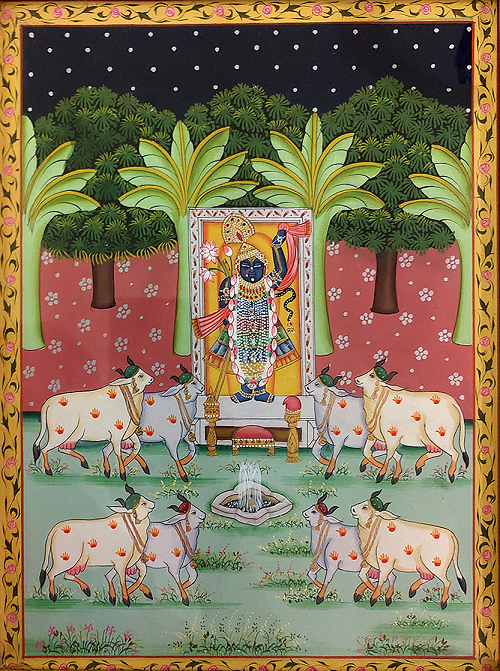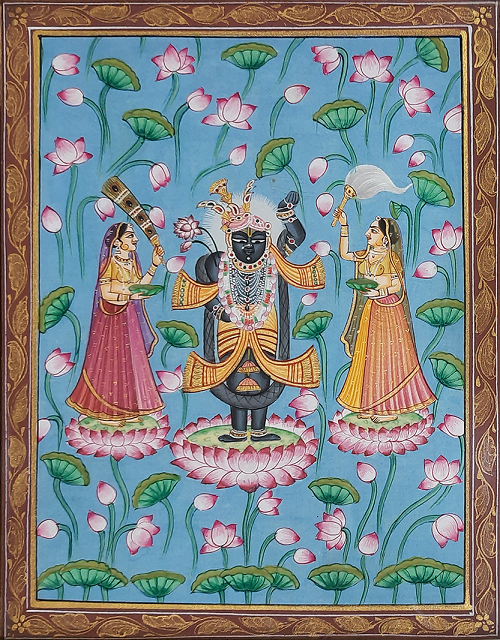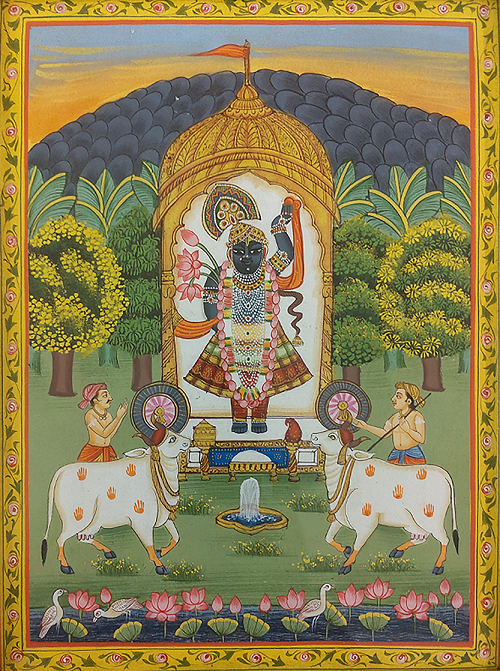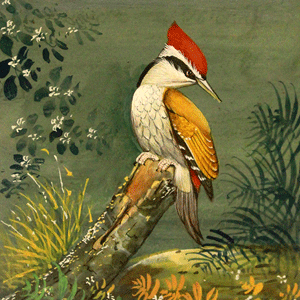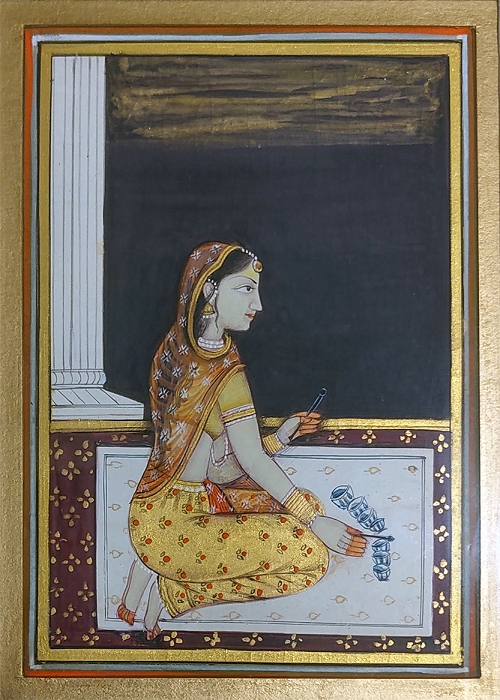Traditional Art
-
Queen
₹7,500.00 ₹6,500.00 -
Indian Bird 1
₹7,800.00 ₹6,900.00 -
Sur Taal
₹7,500.00 ₹6,500.00 -
Rhythmic
₹7,500.00 ₹6,500.00 -
Shrinath Ji with Cows
₹180,000.00 ₹165,000.00 -
Mirabai
₹7,500.00 ₹6,500.00 -
Traditional 5
Sold
-
Traditional 9
₹2,500.00 ₹2,200.00 -
Traditional 6
₹2,500.00 ₹2,200.00 -
Miniature 8
₹6,500.00 ₹5,600.00 -
Sur Sadhna
₹7,500.00 ₹6,500.00
Traditional art painting for online sale by Art Life Gallery
Visit Art Life Gallery, the best place to Buy Traditional Art Painting, and enter a world where tradition meets modern elegance. As a lighthouse for artistic expression, we create an enthralling assortment that skillfully combines current aesthetics with ethnic diversity.
Art Life Gallery is a celebration of India's rich artistic legacy rather than merely a place to view art. The skill of classic art forms is on display in our collection, with each brushstroke expressing a timeless tale. Our collection showcases a variety of vivid Madhubani paintings and exquisite Tanjore art, showcasing India's rich cultural diversity.
Our dedication to ensuring that these cultural treasures are available to everyone is what makes Art Life Gallery unique. We provide a special chance to purchase traditional art paintings in Delhi, allowing you to infuse your home with the ethereal beauty of Indian art.
Renowned and up-and-coming artists are included in our carefully chosen collection, guaranteeing a range of emotions and styles. Art Life Gallery invites you to delve into the rich realm of traditional Indian art, regardless of your level of collecting or connoisseurship.
Here at Art Life Gallery, we recognize that art is about more than simply aesthetics—it's also about connections and feelings. Our gallery is intended to serve as a meeting place for collectors, artists, and art aficionados, creating a lively community that recognizes the enduring appeal of traditional Indian art.
Take a cultural immersion trip with the Art Life Gallery. Come see us if you're looking to purchase traditional art paintings in Delhi so that the walls of your room can carry the rich cultural stories of India. Get in touch with Art Life Gallery right now to Buy Traditional Art Painting in Delhi, NCR.








